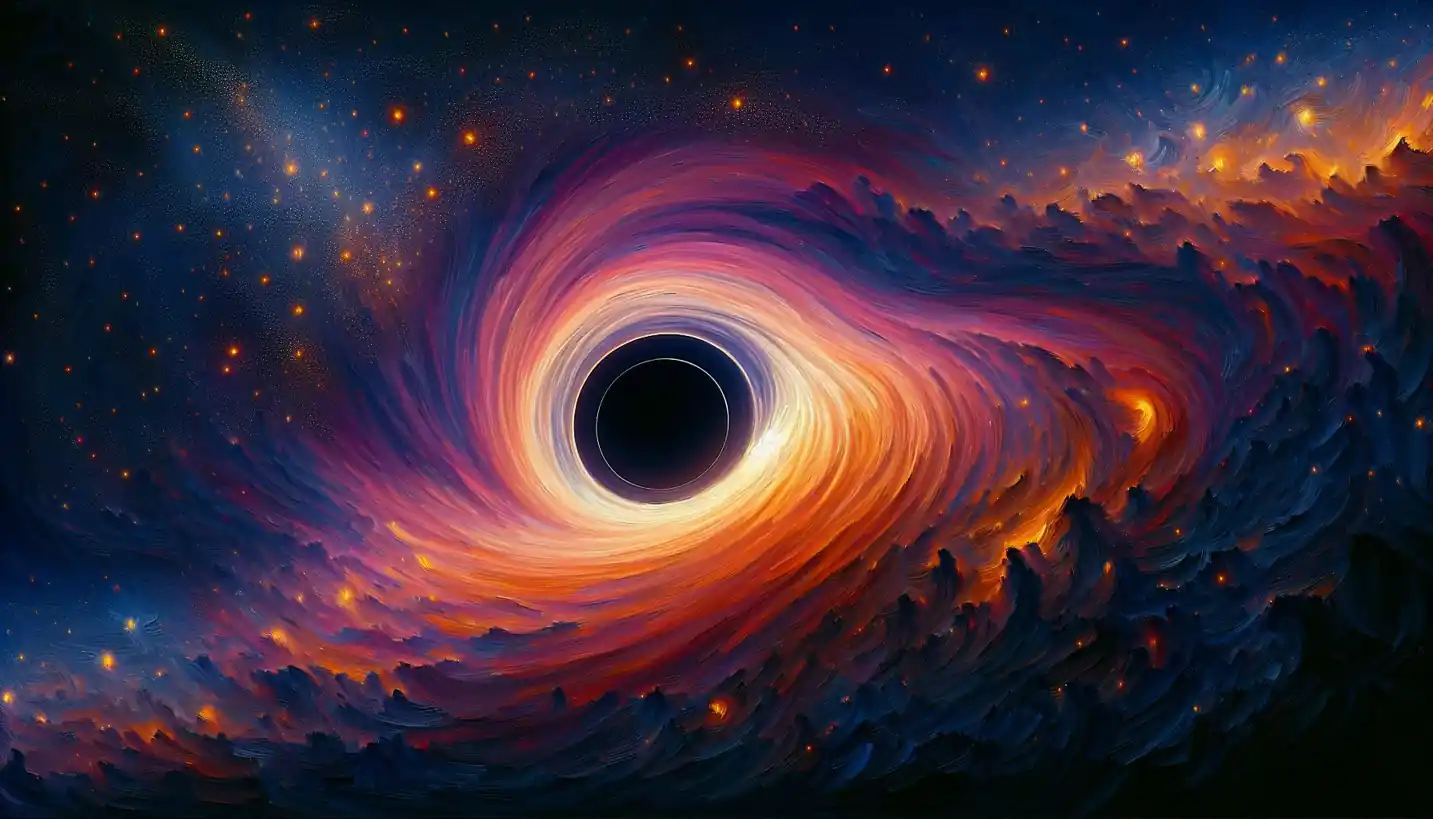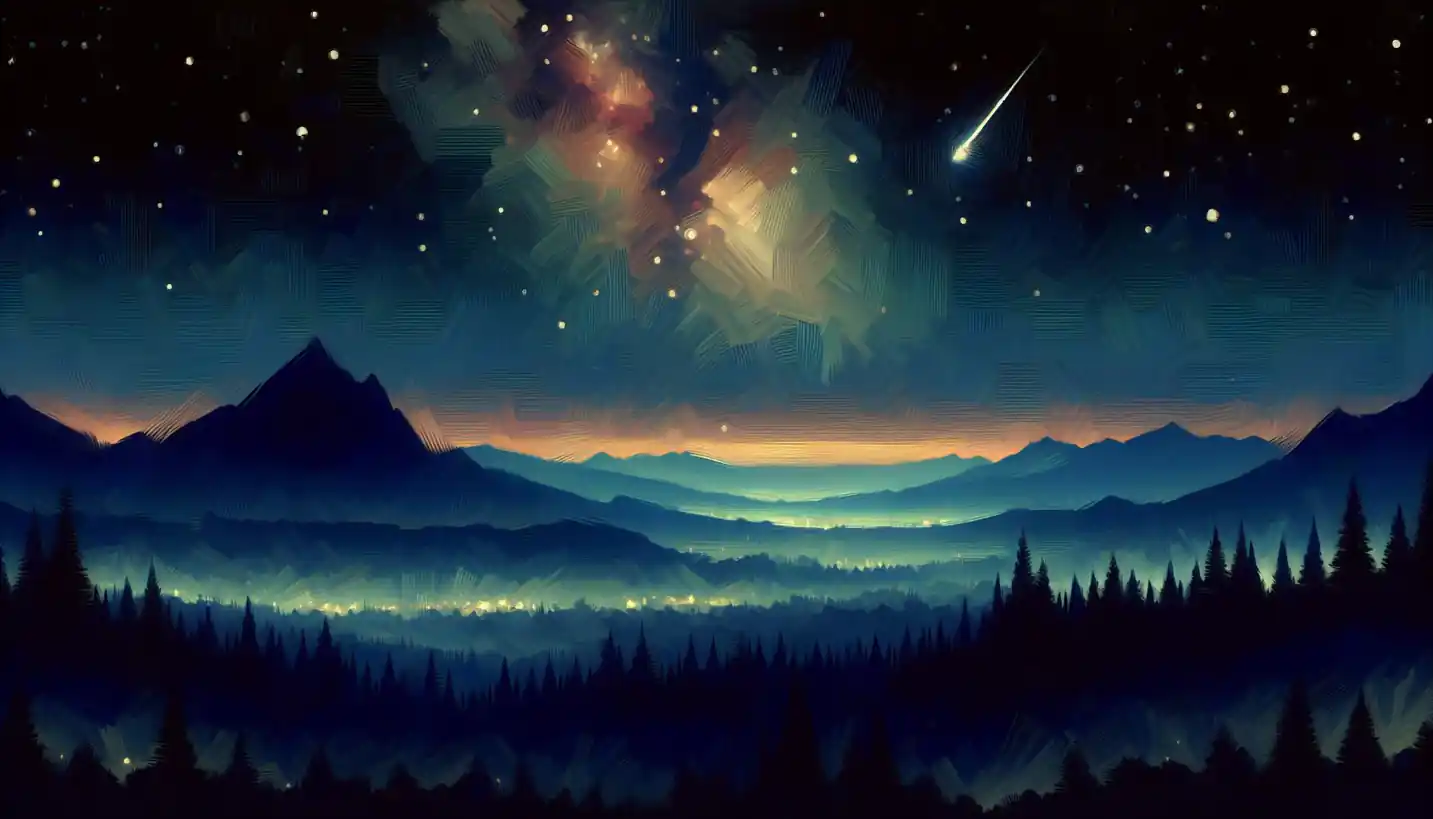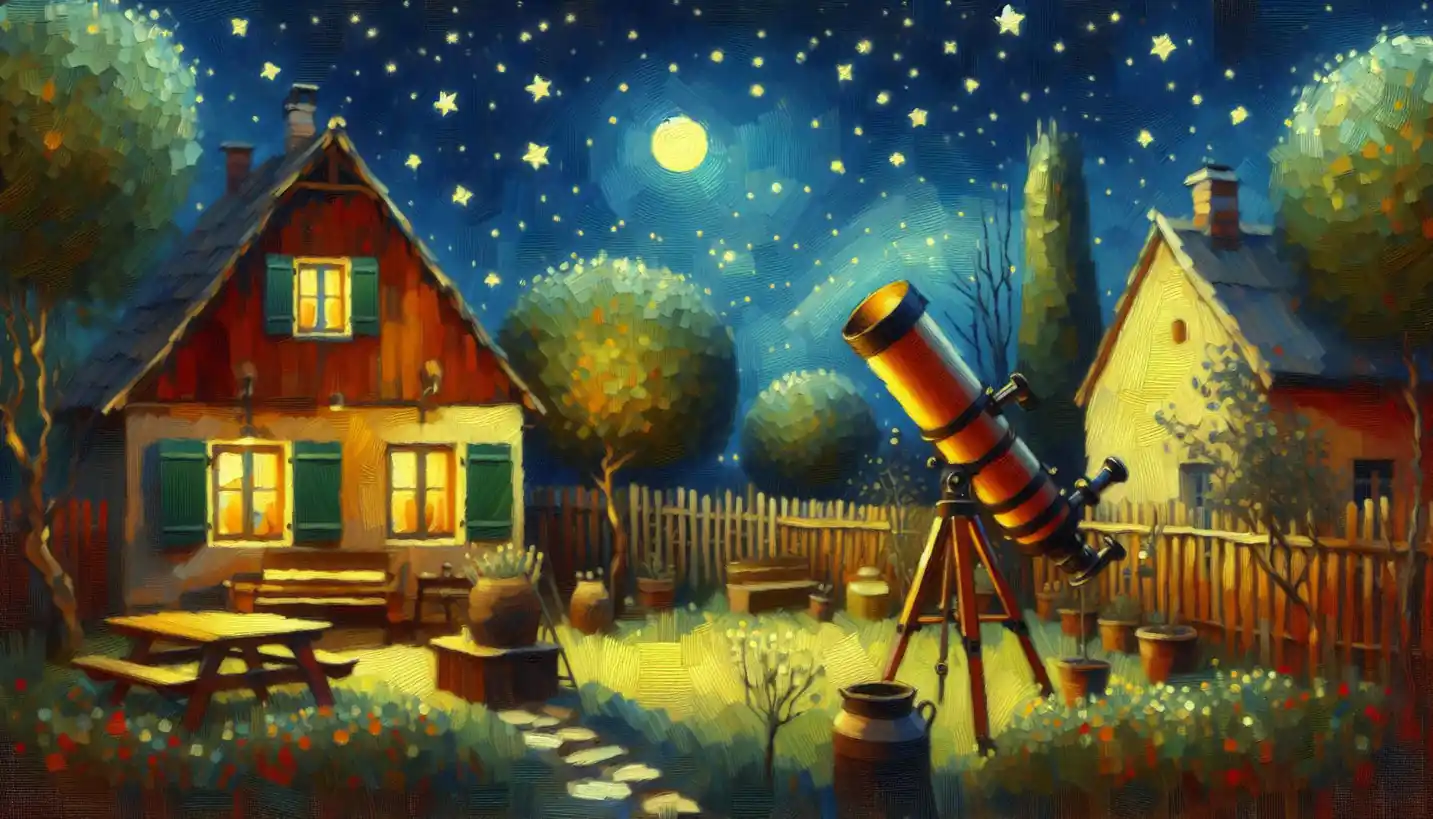
Panspermia: Unraveling the Cosmic Seeds of Life
Panspermia questions life's origins, suggesting cosmic seeding could be a universal phenomenon. Delve into how this theory might shape our understanding of life's spread.

Panspermia questions life's origins, suggesting cosmic seeding could be a universal phenomenon. Delve into how this theory might shape our understanding of life's spread.

Photon noise is the universe's subtle whisper. Discover how astronomers interpret these fluctuations to gather information from distant stars.

The heliopause marks the boundary where solar winds meet interstellar space. Learn about this invisible frontier that defines our solar bubble.

Spectral lines reveal the universe's secrets, detailing its composition. Discover how these unique identifiers unveil cosmic stories across the ages.

The universe's large-scale structure forms a vast cosmic web. Dive into the grand tapestry of galaxies and voids that define our cosmos.

Apparent magnitude measures the brightness of stars as seen from Earth, crucial for understanding cosmic distances. It helps astronomers classify celestial objects.

Sunspots, dark patches on the Sun, reveal intense magnetic activity. Unravel the mysteries these solar features present to astronomers and researchers.

Explore the cosmic horizon, where the universe's mysteries unfold at its very edge. What lies beyond this ultimate boundary of our cosmic view?

Atmospheric absorption filters ultraviolet light reaching Earth from space. Explore its impact on observing distant stars and galaxies using ultraviolet astronomy.

The cosmic microwave background is the universe's faint whisper from its birth. Explore this ancient signal and what it reveals about the cosmos.

Biocentrism explores life’s central role in the cosmos and its potential influence on space. Dive into this perspective to see how life fits into the universe.

Hubble's Law shows the universe's expansion through distant galaxies' motion. Explore this groundbreaking discovery that opens a window to cosmic history.